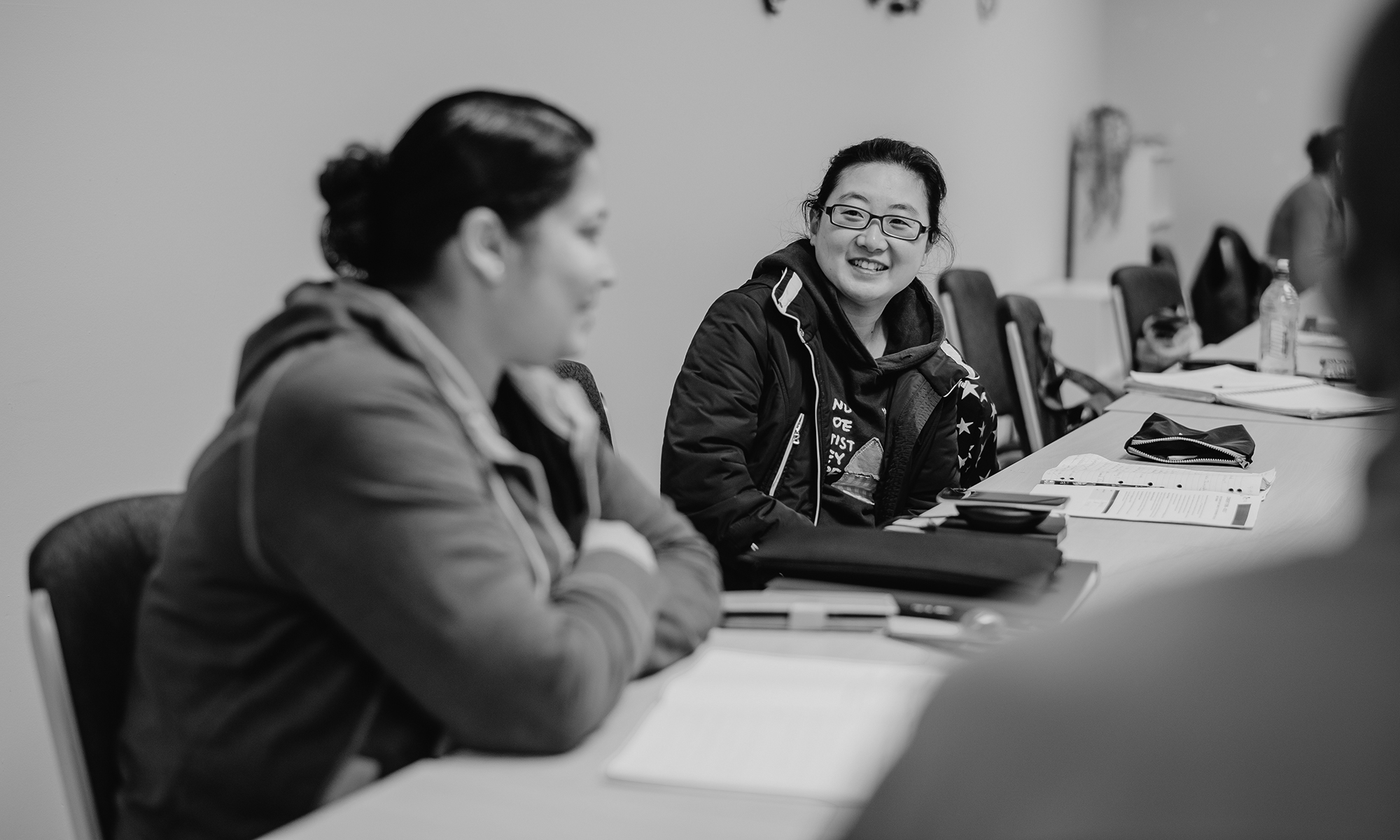Author/s: Christine Mountford
Edition: Volume 51, Number 4, Special edition, December 2011
Summary: The mission and values of Victoria University provide the underlying criteria for the development and implementation of the Community Gateways initiative, which aims to transform the lives of those living in the west of Melbourne through the power of further education. Community Gateways takes the university into the community by providing career education and counselling, skills recognition, recognition of prior learning, workshops and short training opportunities to engage the community ‘on their own turf’, and to support their access and success through career-aligned course choice. To be truly effective in the community, Community Gateways has utilised a cooperative approach to engage with over forty community organisations, including community centres, neighbourhood houses, local councils, youth centres, libraries, and ACE and ACFE providers.
A resurgence of interest in values associated with community, social cohesion and cultural diversity has provided the platform for these relationships to develop. Community Gateways strengthens access to learning and employment in the region for many people who currently are unsure of how to access education and training opportunities. Through the provision of complimentary, professional careers counselling, community members are encouraged to consider their career options as the basis for making appropriate training or further study decisions. In this paper I will explore the development of the program and share the learning and achievements to date.
Keywords: Victoria University, community gateways, ACE


 Share a copy of this abstract.
Share a copy of this abstract.
This article is part of AJAL, Volume 51_4_Special Edition. The entire volume is available in .pdf for purchase here.
![]()
![]()
![]()
![]() Share a copy of this abstract.
Share a copy of this abstract.